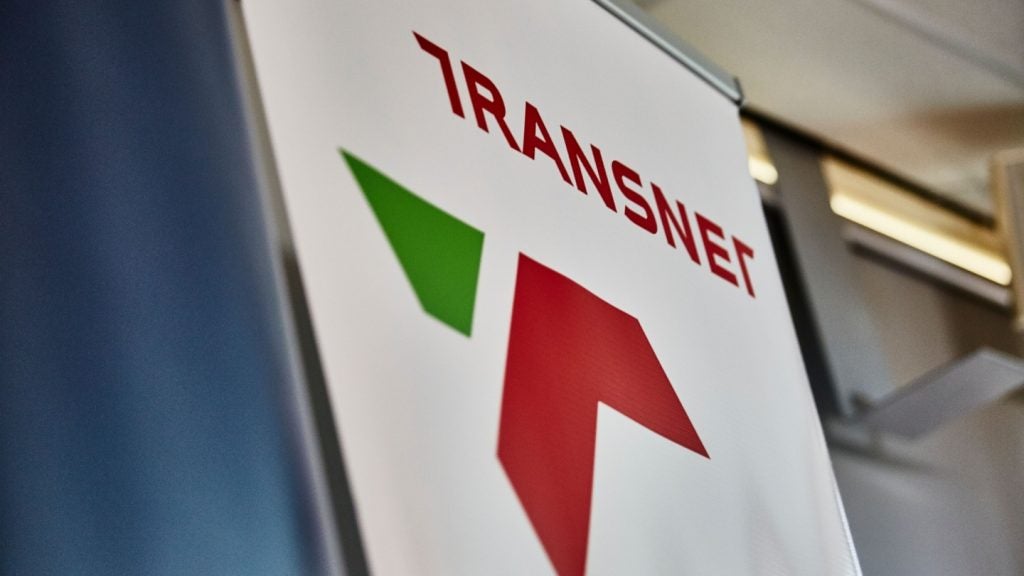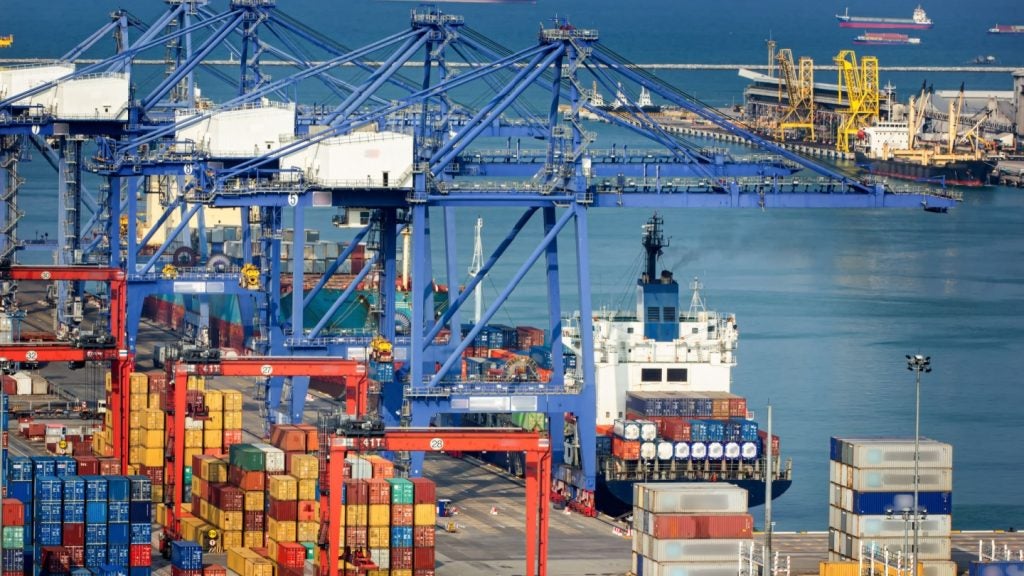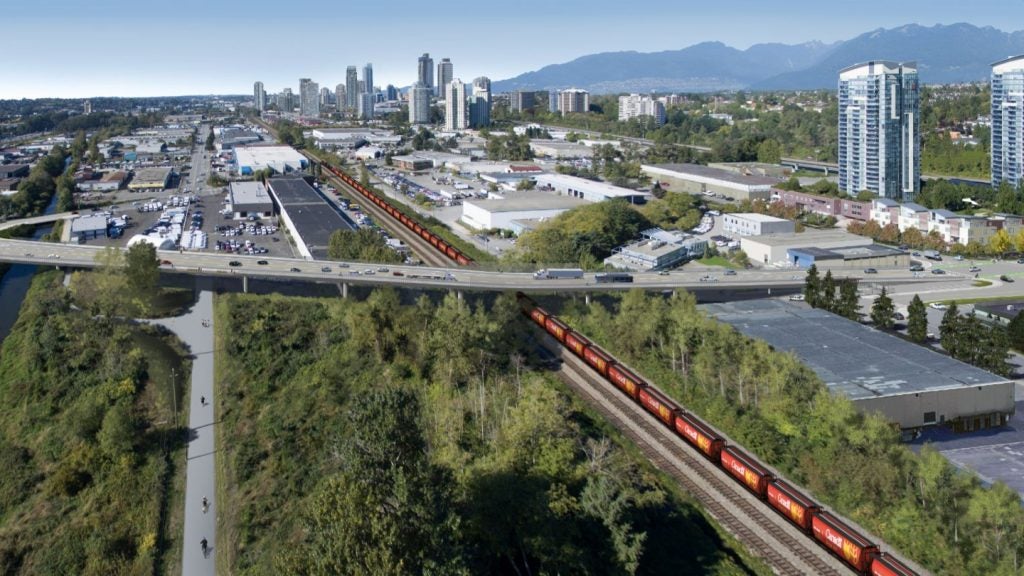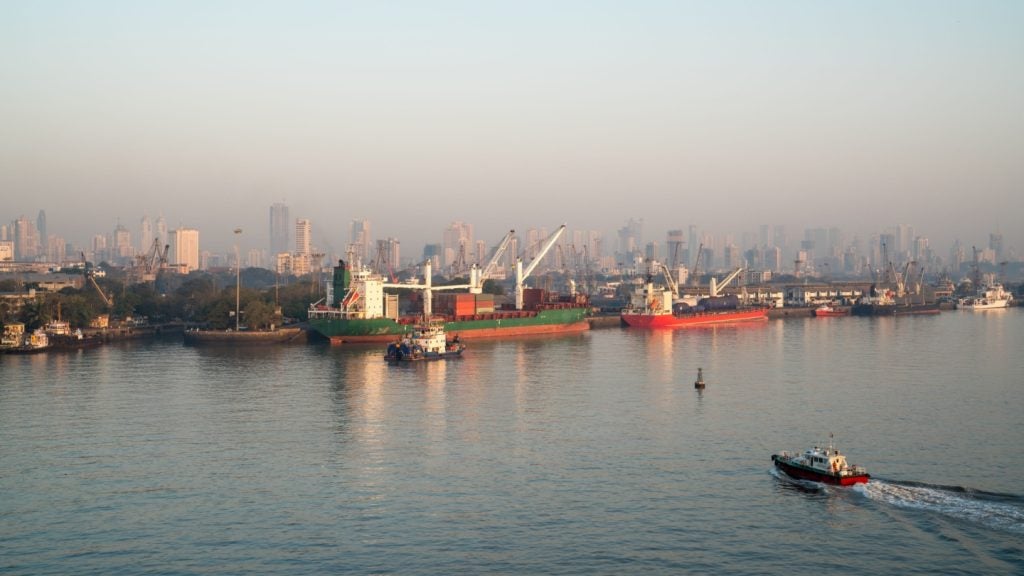
When asked to make maritime industry predictions for the coming year, the environmental impact of shipping is, for many, the most important theme in the maritime sector. Reducing the carbon footprint through new fuels, optimising existing fuel efficiency, novel propulsion methods, or improving port operations are all core facets to reaching net zero.
Improvements in fleet management will also continue to be an important trend, as the resilience of the supply chain and global logistic network continues to be questioned.
The digital transformation of shipping will also continue, as new marine platforms are developed and existing ones consolidated. Autonomous technology will no doubt also continue its development. But with these trends will also come a renewed importance on cybersecurity to protect both vessels and ports from cyber threats.
So, what will the next year hold for the maritime sector, and what are the key themes to keep an eye on? We hear from several industry experts to learn their maritime industry predictions and what they think 2024 holds for the sector.
“Fuel producers and their investors will be closely watching the debate around potential IMO mid-term measures.”
“With the level of ambition from the International Maritime Organization (IMO) now clear, a renewed focus on maximising the energy efficiency of the fleet will be required to meet its 2030 carbon intensity targets.
“Ever-increasing levels of digitisation and system interconnectivity could support improved operational efficiency. Meanwhile, the growing adoption of innovative propulsion improvements, optimised hull forms, air lubrication systems, and wind assistance technologies is set to boost technical efficiency.
How well do you really know your competitors?
Access the most comprehensive Company Profiles on the market, powered by GlobalData. Save hours of research. Gain competitive edge.

Thank you!
Your download email will arrive shortly
Not ready to buy yet? Download a free sample
We are confident about the unique quality of our Company Profiles. However, we want you to make the most beneficial decision for your business, so we offer a free sample that you can download by submitting the below form
By GlobalData
“Widespread uptake of wind propulsion could also go some way to meeting the IMO’s targets to have 5%-10% of the fleet’s energy met by zero or near-zero GHG technologies, fuels, or energy sources by 2030. However, expectations are that significant quantities of fuel with very low lifecycle GHG emissions will be needed to achieve this.
“The proportion of alternative-fuelled vessels in the newbuild orderbook suggests that the global fleet will have the capability of operating on these fuels before 2030, so the question is whether production will manage to scale to meet the demand.
“The next year or two will need to see more fuel projects reaching the final investment decision if these targets are to be met, given the development and construction timeline for major renewable energy generation and fuel production plants. Fuel producers and their investors will be closely watching the debate around potential IMO mid-term measures, which we can expect to heat up on the way to their planned adoption in 2025.
“Consideration of how to deliver the infrastructure – including the pipelines, terminals, ships, and port facilities – required to efficiently deliver these fuels to where they are needed will also need to start ramping up in the coming years. System-wide changes in the fuel supply chain could generate new opportunities, so stakeholders should carefully consider the role they could play in the transition.”
“We must tackle our poor data standards head-on through real cross-industry collaboration.”
“2024 needs to be the year that our industry makes data standards its priority. So many of the challenges we’re facing in key areas such as costs and carbon can only be addressed if we have access to the right data at the right time.
“To enable this, we must first tackle the legacy of siloed, unstructured, and fragmented data in our industry. This starts right at the pre-fixture stage, where many important decisions are made that fundamentally shape vessel operations.

“While much of the chartering business has moved digital, it’s ultimately become fragmented, as our industry is behind the curve when it comes to setting industry-wide standards for how we collect, use, and share data in our chartering workflows.
“In an industry that transports a wide range of commodities with unique properties, it’s easy to see how this lack of standards among the muddle of spreadsheets, word documents, and emails creates inefficient workflows and causes costly mistakes. It also makes it difficult for charterers to make better decisions at the point of fixture, given the lack of robust information available.
“Looking at the bigger picture, this lack of standardised data on our operations holds us back from making progress in areas such as digitisation and decarbonisation. We can no longer afford business-as-usual thinking if we want to address critical industry challenges. We must tackle our poor data standards head-on through real cross-industry collaboration that transcends individual business models.”
“Embracing technology is now imperative for ship owners and operators.”
“Digitalisation efforts of global shipping companies will continue in 2024 in a bid to make shipping operations more efficient and to realise cost benefits.
“Embracing technology is now imperative for ship owners and operators but it is important to onboard modern processes that use automation, machine learning, and cloud-based systems to take that digitalisation journey to the next level. More shipping companies will embrace these forms of technology in 2024 as they continue to improve operational efficiencies and reap the rewards more effectively.

“In the procurement sector, we have witnessed first-hand how these modern systems have made the entire purchasing process a much more seamless process from shelf to ship. Software containing automation and machine learning allows buyers to access a wider selection of suppliers in more markets, enabling decision-makers to make more informed choices that save time and money and improve operations.
“Demand for services that provide these benefits will grow in 2024. Ship owners are realising the benefit of using this technology and it is hoped that they can use machine learning in other areas of their operations to make things more streamlined.
“One key issue that will continue to be a factor in 2024, amid this trend of digitalisation, is the quality of data that is being exchanged between all parties in the supply chain. Poor-quality data can often result in procurement managers overspending on parts or services that are not fit for purpose.
“High-quality data offers a better return on investment. While automation has its benefits, shipping companies need to be aware of the risks involved with utilising data from third parties that can impact their bottom line.
“Shipping companies must understand how to use this data effectively in 2024. There is no one-size-fits-all approach to using data so ship owners must identify what data is important to them when it comes to their metrics and KPIs, and focus on that data to ensure it is fit for purpose.”
“In 2024, geopolitics and natural disasters will also shape the fate of the ocean.”
“2023 has been challenging for the global transportation market. In H1 of 2024, global growth will continue to be sluggish, with signs of recovery in H2. However, this doesn’t mean the logistics transportation industry should expect ‘more of the same’. Societal and geopolitical upheavals – not to mention new technologies like generative AI – mean the sector is in constant flux
“With existing overcapacity and many ships currently on order books, the ocean may experience more disruption than other freight modes in 2024, such as air, where spot rates are already recovering. As ships under construction come into operation, the current price war will likely continue.

“In 2024, geopolitics and natural disasters will also shape the fate of the ocean. The current Panama Canal drought and missile strikes by Houthi rebels in the Suez Canal – which are forcing vessels to reroute via Cape Horn – are just two examples of disruption lengthening transit times. From a regulatory perspective, the European Commission’s decision not to extend the legal framework exempting liner shipping consortia from antitrust rules will intensify upheaval as carriers adapt to a new environment.
“Lastly, the EU’s Emission Trading Scheme will take effect in January 2024, affecting all inbound, outbound, and transshipment vessel movements. Among other measures, it will tax inbound and outbound transshipments at 100% if the ports are within 300 miles of their origin or destination. This will encourage shipping carriers to choose transshipment ports outside the 300-mile zone.”







